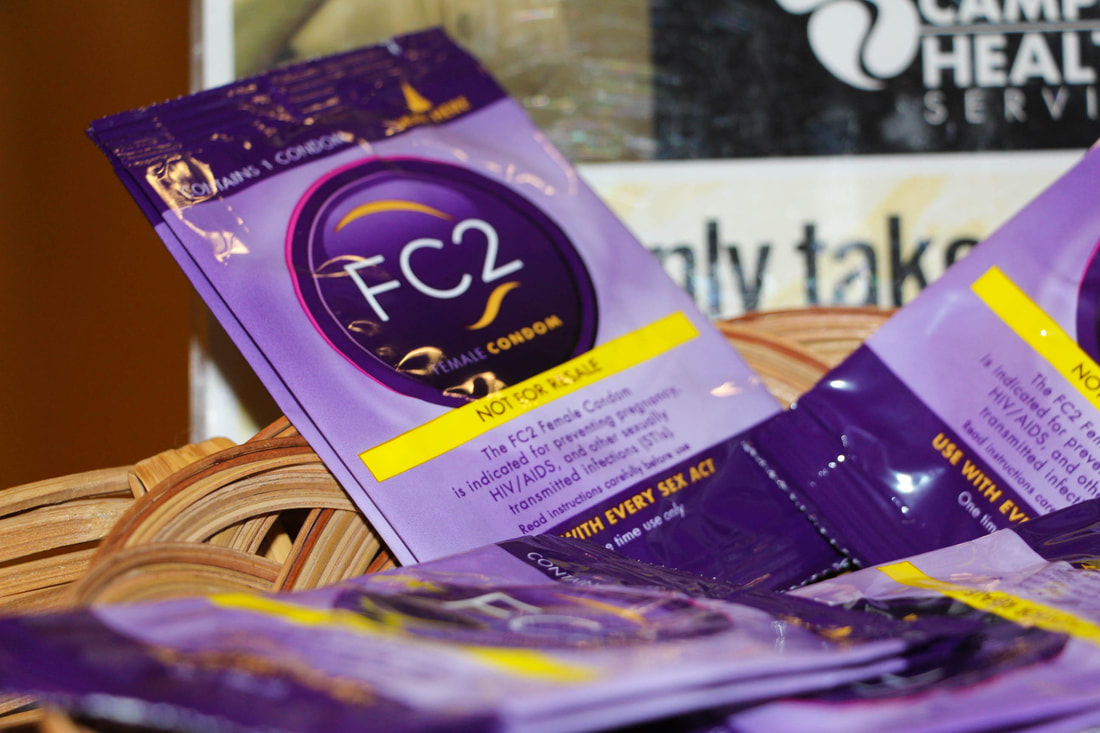By Christiana Lincowski
The idea of riding out mental illnesses by using substances isn’t new, and concern is growing for youth who might be abusing drugs and other substances instead of getting the mental health care they need.
According to the Pima County Health Department’s 2019 health needs assessment report, “Most illicit drug use starts between ages 14-20 and peaks around 12th grade.” They found that students are at high risk for substance abuse when transitioning from middle school to high school.
If a teenager makes a choice to get involved with harmful substances they don’t just affect themselves. Teenagers under the influence affect people close to them and can tear apart a family. Teenagers with substance abuse problems can become out of control and physically harm peers, siblings and other family members, teachers and others.
Kaye Godbey, project coordinator at the University of Arizona’s Health Promotion and Prevention Services, said once a teenager becomes dependent or addicted they don’t have free choice in their actions and they will need others to help them pull them back.
“Someone taking control over their health, that’s a good thing, but sometimes your brain gets so mixed up that you don’t have that option,” Godbey said.
According to the Pima County Health Department’s 2019 health needs assessment report, “Most illicit drug use starts between ages 14-20 and peaks around 12th grade.” They found that students are at high risk for substance abuse when transitioning from middle school to high school.
If a teenager makes a choice to get involved with harmful substances they don’t just affect themselves. Teenagers under the influence affect people close to them and can tear apart a family. Teenagers with substance abuse problems can become out of control and physically harm peers, siblings and other family members, teachers and others.
Kaye Godbey, project coordinator at the University of Arizona’s Health Promotion and Prevention Services, said once a teenager becomes dependent or addicted they don’t have free choice in their actions and they will need others to help them pull them back.
“Someone taking control over their health, that’s a good thing, but sometimes your brain gets so mixed up that you don’t have that option,” Godbey said.


